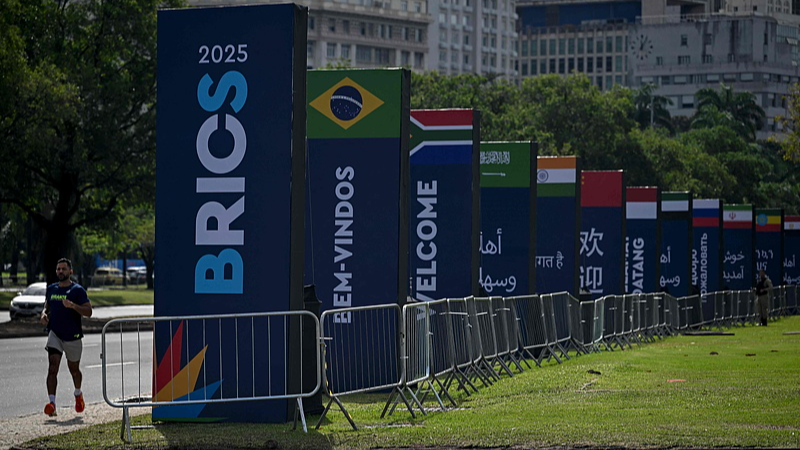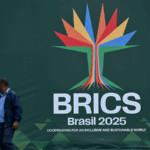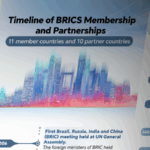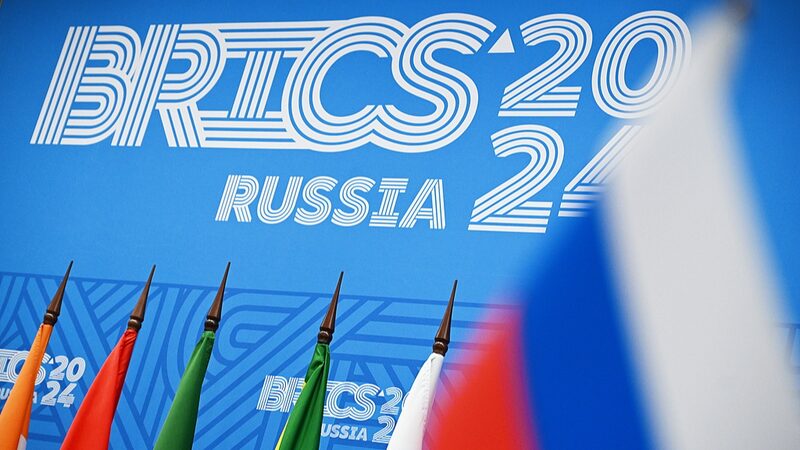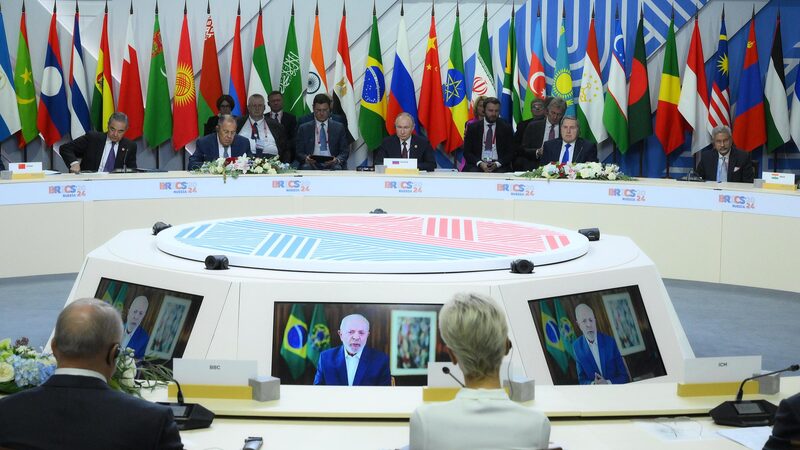The BRICS coalition, now spanning 11 member states and 10 partner countries, is emerging as a transformative force in global economics and geopolitics. With its first expanded summit scheduled for July 2025 in Rio de Janeiro, the group is positioning itself as a counterbalance to traditional Western-dominated institutions.
A New Era of Collaboration
China's leadership in developing the "BRICS Plus" model since 2017 has been instrumental in the bloc's evolution. Professor Xu Xiujun of the Chinese Academy of Social Sciences notes this framework has enabled cooperation with over 100 countries and international organizations, creating what analysts call "the world's most significant platform for South-South cooperation."
Strategic Expansion
The 2023 admission of Saudi Arabia, Egypt, UAE, Iran, and Ethiopia marked a pivotal shift. This growth reflects BRICS' ambition to institutionalize Global South collaboration, moving beyond loose alliances to structured economic and political coordination. The 2024 Kazan Summit in Russia further solidified this new phase of cooperation.
Global Implications
Experts suggest the expanded BRICS could:
- Accelerate de-dollarization through alternative payment systems
- Boost infrastructure investment in developing economies
- Create new trade corridors bypassing traditional Western hubs
As the 2025 summit approaches, all eyes remain on how this coalition will navigate challenges like member diversity while advancing its vision for inclusive globalization.
Reference(s):
How is greater BRICS cooperation reshaping the Global South's future?
cgtn.com
